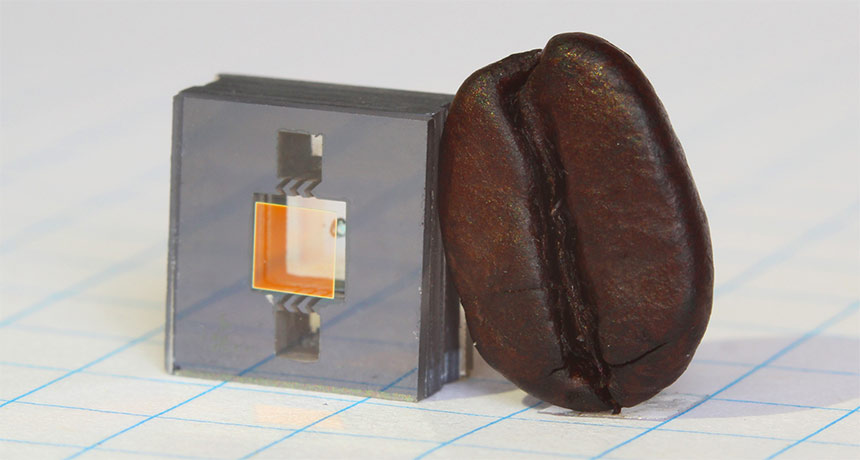
These atomic clocks are known as quantum clocks because they measure quantum fluctuations-very narrow energy transitions-within strontium atoms. The first strontium optical lattice clocks emerged some 20 years ago from Katori’s lab, as well as from the laboratory of Jun Ye at JILA in the United States. However, over the years, various laboratories have been working on optical atomic clocks based on different elements, like strontium and ytterbium, that can emit light at higher frequencies and therefore tick even more precisely. Conventional atomic clocks are based on clusters of cesium atoms-shine laser light on these atoms and they emit light that oscillates 9.2 billion times every second. Atomic clocks measure time using the resonant frequencies of atoms, which act as the beats, or ticks, of the clock. The researchers’ remarkable results were all down to the atomic clocks’ unprecedented and unwavering accuracy, which had taken decades to reach.


“While we’d made our apparatus much more compact, we’d kept the similar to our laboratory system,” Katori says.

But now, the team was able to pack each clock into three much-more-transportable 19-inch rack-mountable boxes. Prior to the Tokyo Skytree demonstration, Katori’s clock system had occupied his entire 40-square-meter laboratory. We’d also installed Doppler noise-canceled telecom fibers to deal with these and used water cooling in our apparatus to stabilize the temperature.” “But our clock apparatus was very robust to vibrations. “Three subways were running nearby, and at night-time, the temperature change was almost 10 degrees Celsius,” Katori says. Geodynamic signals from earthquakes and volcanoes and improving global navigation satellite systems. Also, the researchers had opened the door to a raft of new applications: more easily probing the fundamental laws of physics with new levels of scrutiny performing new forms of metrology, such as measuring Katori’s team had tested general relativity with a degree of precision competitive with expensive space-based experiments. But with their newer optical atomic clocks, Katori-who also works at the Quantum Metrology Laboratory at RIKEN-and his colleagues had detected changes in time due to gravity at mere meters. Past tests of the famous physicist’s prediction had taken place using atomic clock-equipped satellites and rockets, thousands of miles apart in space. Six months later, Katori’s team verified that the clock placed higher up the tower was ticking faster by four nanoseconds per day, in accordance with Einstein’s theory.Įinstein’s theory of general relativity predicts that clocks in a deep gravitational field will tick slower than those in a shallower field, an effect known as gravitational redshift. Because such a test would normally be performed in space, the Tokyo experiment also showed how atomic clocks might be downsized to more application-friendly packages. They then connected the two clocks with a fiber link so they could see if they would tick at different rates, an observation that would align with Albert Einstein’s theory of general relativity. He and colleagues took a pair of portable, state-of-the-art strontium optical lattice clocks to the Tokyo Skytree broadcasting tower, placing one some 450 m up on an observation deck, while leaving the other down at the base.

In July 2020, Hidetoshi Katori from the University of Tokyo performed an experiment that shone a spotlight on the astounding accuracy of today’s atomic clocks and their remarkable potential outside of the lab.


 0 kommentar(er)
0 kommentar(er)
